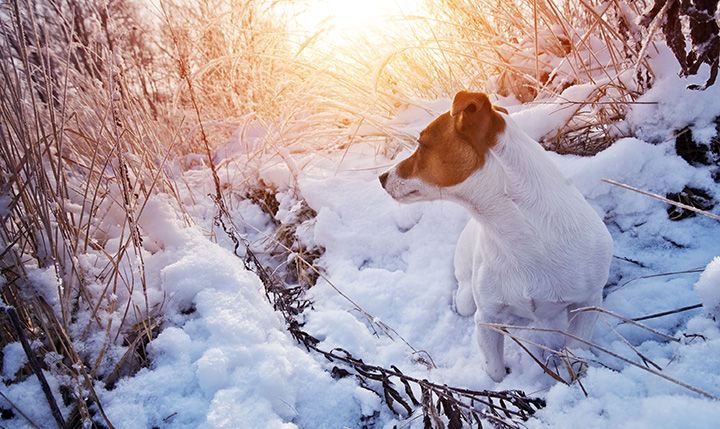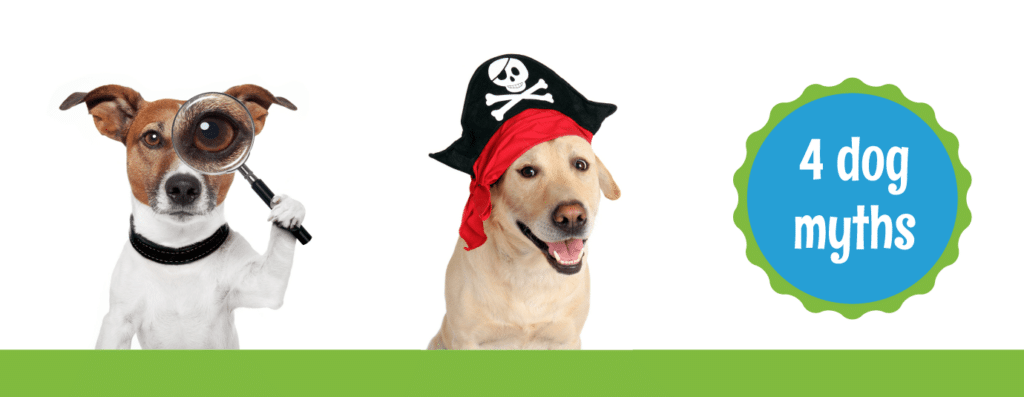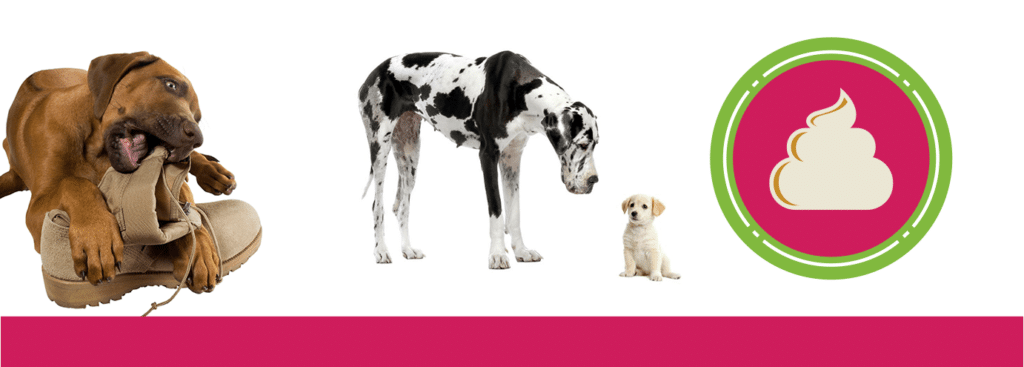One of the cutest and most enjoyable experiences is watching your dog play in the snow for their first time. They leap and prance around in all that weird white stuff and try and eat the whole backyard.
It\’s cute to watch, but with record breaking snowstorms hitting Midwest and Northern states last year, it\’s important to exercise good pet safety during events like this.
Before letting your dog go crazy in the snow, make sure you know the potential hazards and precautions advised from veterinarians.
This pet safety article will help dispel the myths associated with snow fall, and help you and your dog have fun this winter.
Start Off Slow
Some dogs jump right in, some dogs stick a paw in first. When it comes to your puppies or senior dogs, make sure they stick a paw in first. Puppies and younger dogs have a harder time acclimating to the cold than older dogs. Let them get used to the snow and regulating their body temperature first, then gradually if they are not shivering let them stay outside for longer.
Just like us, doggies\’ coats need to get accustomed to the temperature change. After a week or so with snowfall, it\’s time to take the longer walks to get your dog exercised.
All Dogs Are Different
Senior dogs have an especially hard time adapting their bodies to the cold weather. Pet safety experts state that dogs with diabetes, arthritis, or an altered metabolism are going to need special attention when the temperatures start withering.
Breed type also affects body temperature regulation. Small dogs have a harder time staying warm, but most importantly is coat length. Short haired breeds like Chihuahua, Miniature Greyhound, and American Pit Bull Terriers all hate the cold.
Adversely, long haired breeds love it! Dogs like Welsh Corgis, Old English Sheepdogs, and even a Pomeranian love making doggie-angels in the snow.
Prepare Your Doggie!
Dog\’s can\’t speak English. If you see your dog shivering as the winter approaches, stock-up on sweaters, coats, and dog booties. Pet safety goggles are even available to protect your dog\’s eye from debris and the glare from the sun in the snow.
Also wiping your dog\’s paws off when they come back inside will help them warm back up. Keep pads and paws dry and free from snow that will melt inside and keep them wet.
Be Intuitive
Last year, parts of Chicago were 10 degrees colder than the surface of Mars. Dog\’s can\’t live on Mars, so make sure you are being observant of your dog\’s comfort when you are taking them out.
If the wind chill is penetrating you through your ski jacket and thermals, your dog\’s coat is definitely not prepared for freezing wind. Proper pet safety means knowing the behavior that says I’m too cold.
If your dog is shivering or holding up their paw because they\’re frozen then it\’s time to get inside and warm up!
Make Bathroom Time Quicker
Shoveling a route for your dog to get to a patch of grass is always a good idea. Make sure it\’s easily accessible and close enough to your house they can make it back quickly but still have it be agreeable to their doggie instincts.
You can start off with 2-3 minute increments outside. Take it back to the days of potty training.
Some dog\’s can only \”go\” when on a walk, and during the winter dog\’s need to learn a new routine.
Let your dog out for a few minutes, then when they come back in give them a treat. This will reinforce good behavior of them \”going\” in the backyard.
If the area you\’re using is too cold, try somewhere else with more cover from falling snow. Try and take your dog\’s out when the sun is out, or when it\’s not snowing.
Rock Salt and Antifreeze Can Be Harmful
Antifreeze is poisonous for dogs and tastes good to them. Dogs will lick it off the ground or paws after you\’re done working on your car and this can be seriously harmful to them. Avoid driveways and sidewalks that can have a blue or green colored substance poured over the walkway.
Rock salt is not toxic, but can cause an upset stomach. Without doggie booties the salt can also irritate a dog\’s pads.
Pet safe rock salt is a good option to keep for good pet safety.
How to Warm Your Doggie Back Up
After you get back in from a romp in the snow. Make sure you dry off your dog\’s coat and paws.
- Use a towel or blanket to cover them.
- Use a blow dryer on low settings so you don\’t actually burn them.
- Avoid heating pads which can also cause burns.
- Microwaved rice in a sock is good pet safety substitute.
Always gauge warming pet products against your wrist to make sure they are not too hot for your dog\’s skin.
If it\’s too hot for your skin, it\’s probably too hot for the doggie.
Treat Cracked Pads
Splash and Dash Groomerie & Boutique has recently launched an aromatherapy line complete with Paw Balm which is a perfect ointment for cracked paws during the winter.
We also have an effervescent Marine Pawdicure scrub that helps exfoliate and protects doggie pads and paws.
Not to mention these products relax your dog and put them in a winter heaven bliss.
Indoor Exercise
Even in the lazy depths of winter dogs still need to get plenty of exercise to get out all that pent up energy out.
Since the snowstorms keep everyone inside you might need to invest in a few toys to keep your dog entertained during the snowstorms.
Kong balls with stuffed peanut butter on the inside, tug-of-war pet safety certified ropes, and puzzle feeders & problem solving toys can keep a dog\’s mind active and them moving around.
Splash and Dash Groomerie & Boutique wishes you a warm holiday, even when the temperatures are cold. Burrr!
In Emergency Situations
Nobody likes to think about accidents or injuries involving their pets, but preparing in advance will protect your dog in case of a winter emergency. Make a pet emergency kit or “go bag” now to be prepared for for any potential disaster.
Your basic pet emergency kit should include:
- Food and water supplies for at least a week.
- Extra leash and collar set.
- Medications and medical records stored in a waterproof container.
- A pet first-aid kit and guide
- Up-to-date vaccination records, recent photographs, and vet contact information, laminated or stored in a waterproof bag.
- A laminated copy of written information about your dog’s feeding schedule, medical needs, and behavioral issues in case you become. In the unfortunate event that you and your dog become separated during an emergency, this will help caretakers look after your pet until you can be reunited.
For winter emergencies, your kit may also include an extra dog coat, disposable booties, microfiber pet towels, paw and nose balm, and a hot water bottle.
Follow Splash and Dash Groomerie & Boutique:
- Website: http://splashanddashfordogs.com/
- Website: https://splashanddashfranchise.com/
- Facebook: https://www.facebook.com/splashanddashfordogs/



